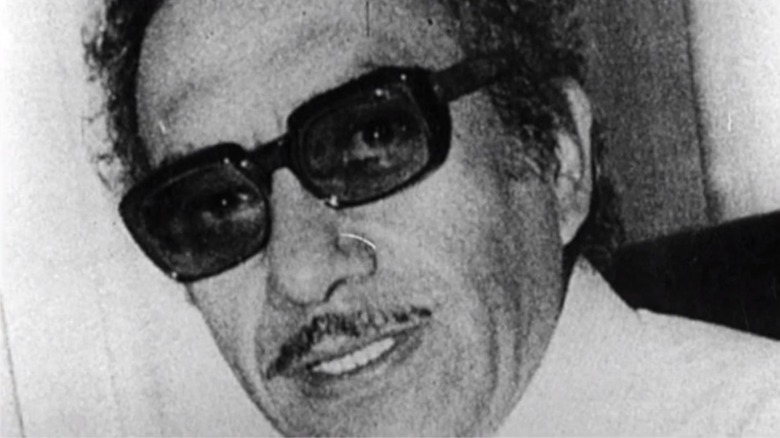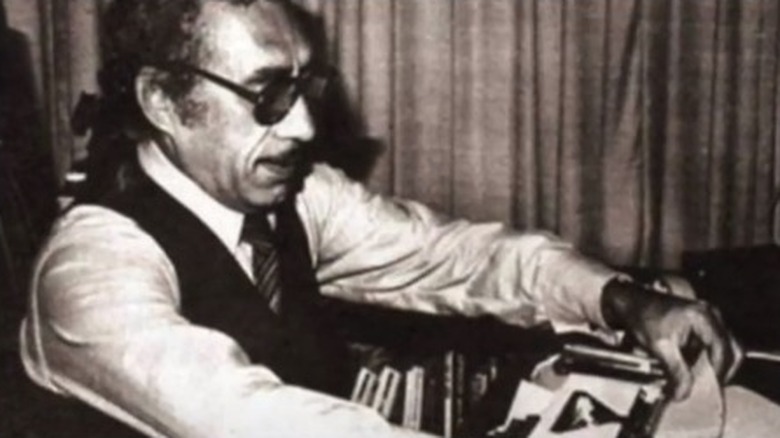Private Network: The Truth About Manuel Buendía's Childhood
If you don't know the name Manuel Buendía, you will likely soon. In an age when the important role of journalism in everyday life is increasingly under scrutiny from those who would seek to suppress it, the story of Buendía's heroic life and horrifying death seems likely to strike a note with audiences today, thanks to the forthcoming Netflix documentary "Private Network: Who Killed Manuel Buendía?"
Buendía was a celebrated journalist in his native Mexico, where his long-running column "Red Privada" ("Private Network") worked to expose the connections between organized crime and the Mexican government and shined a light on corruption within the country's political system. While he wrote from Mexico City, his column was syndicated to more than 200 publications across Mexico, according to The New York Times.
On May 30, 1984, Buendía was gunned down in the street as he left his office in Mexico City. "There appeared to be little doubt among officials and journalists that Mr. Buendía was killed in vengeance for something that he wrote," The New York Times reported at the time. Though numerous people were arrested and charged for involvement in the murder, those responsible for Buendía's tragic and unjust death have never been formally identified.
Manuel Buendía's tragic childhood
As The New York Times article explains, Manuel Buendía's murder was not unexpected. Buendía was well aware that he had made a great many enemies throughout his career as an investigative journalist, carried a pistol at all times, and even bragged about taking "some of them with me" were he ever attacked.
Not many people could cope with the threat of danger that Buendía was willing to work under. But then again, the journalist never had it easy. As outlined by the now-defunct website of the Fundación Manuel Buendía, the journalist had a strict Catholic upbringing, and his family originally wanted him to become a priest before he found his passion for journalist while still an adolescent. In his early teens, Buendía suffered a series of tragic losses that would come to harden him. In 1939, Buendía suffered the loss of his brother to juvenile diabetes when Buendía was just 13. Two years later, Buendía's mother died of natural causes, while in 1943, Buendía lost another brother to a motorcycle accident. Finally, in 1945 Buendía's father was murdered in a violent attack in the street of the family's hometown of Zitácuaro, after which Buendía, not yet 18, became his family's main provider.

